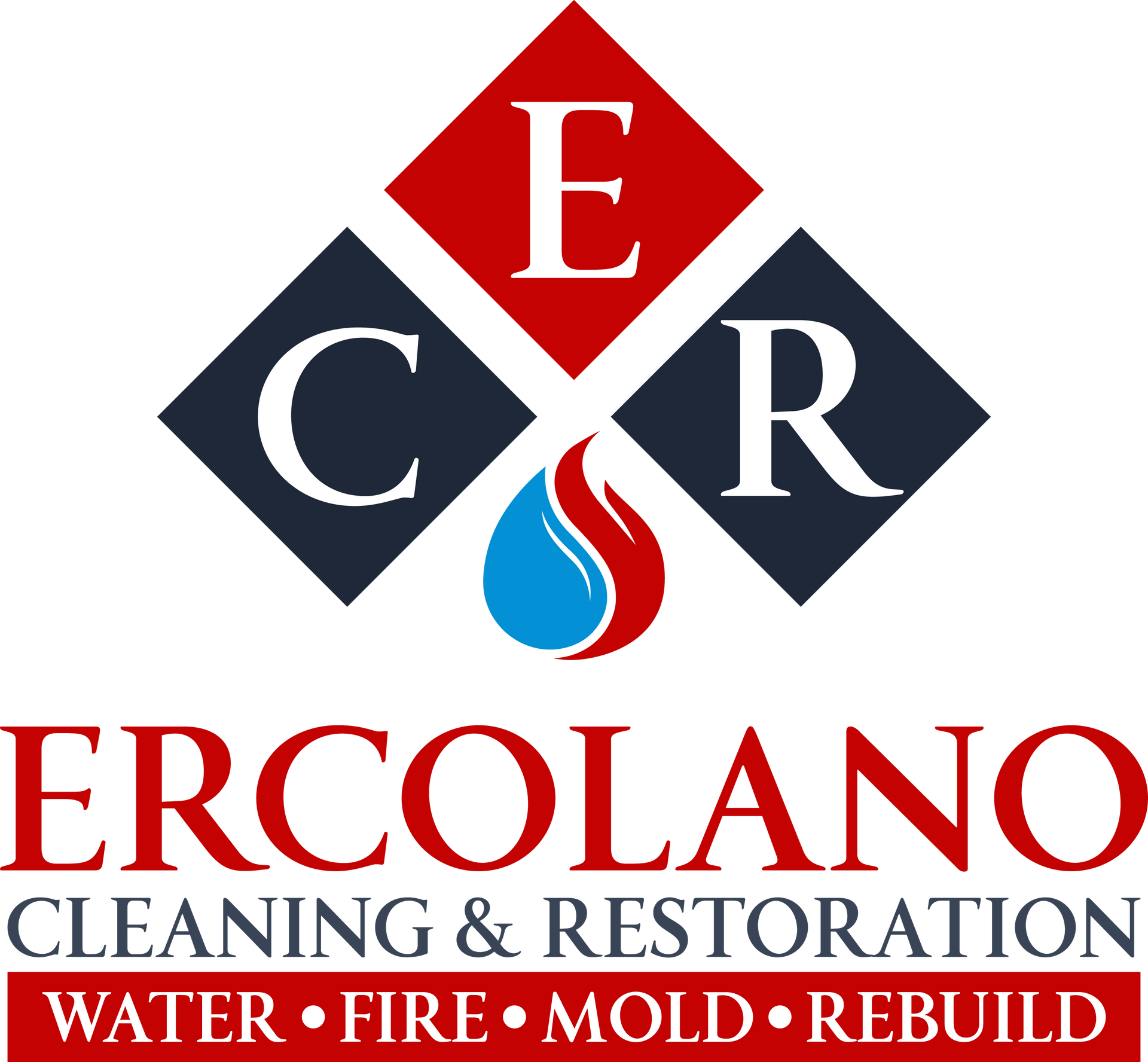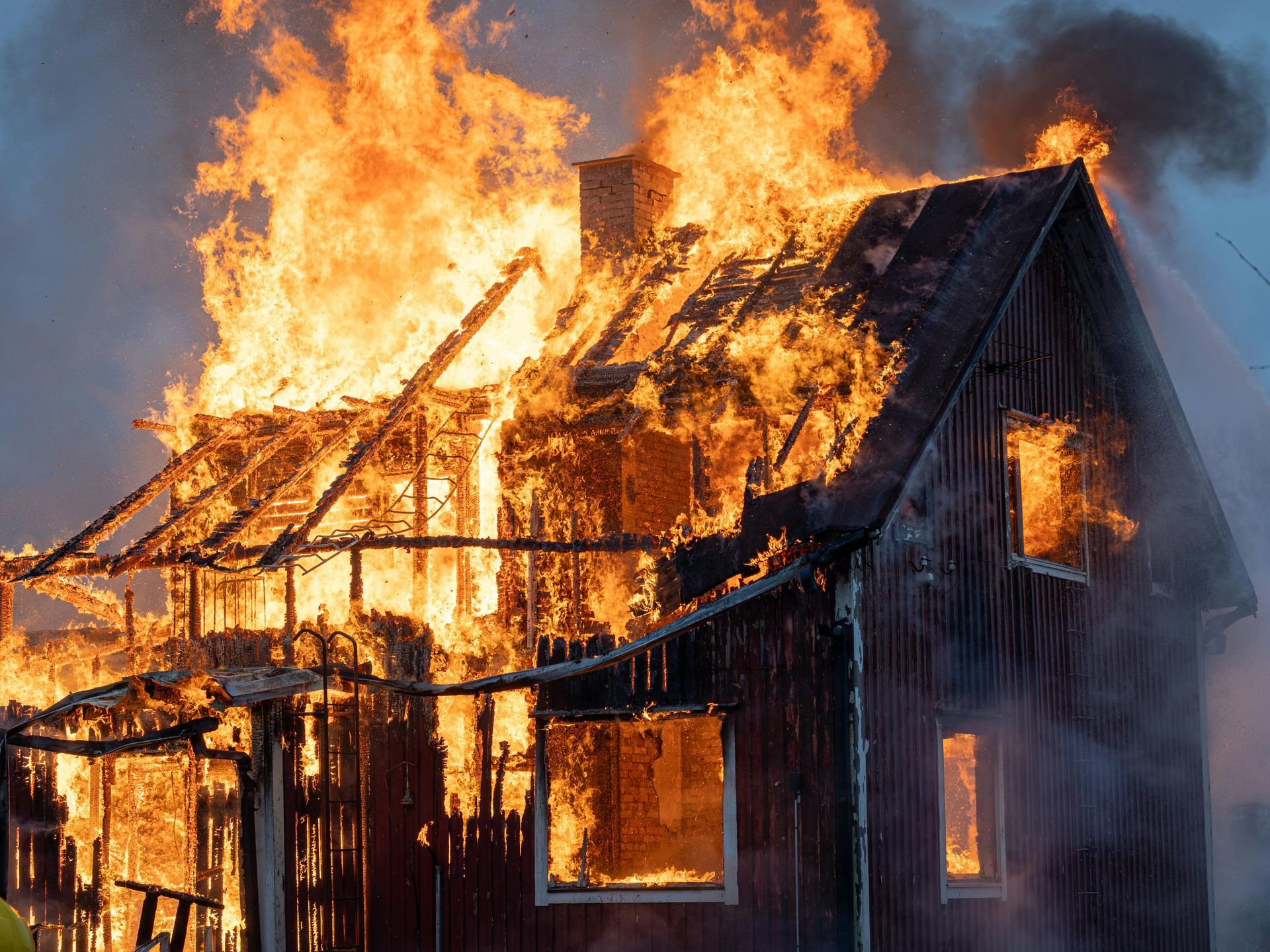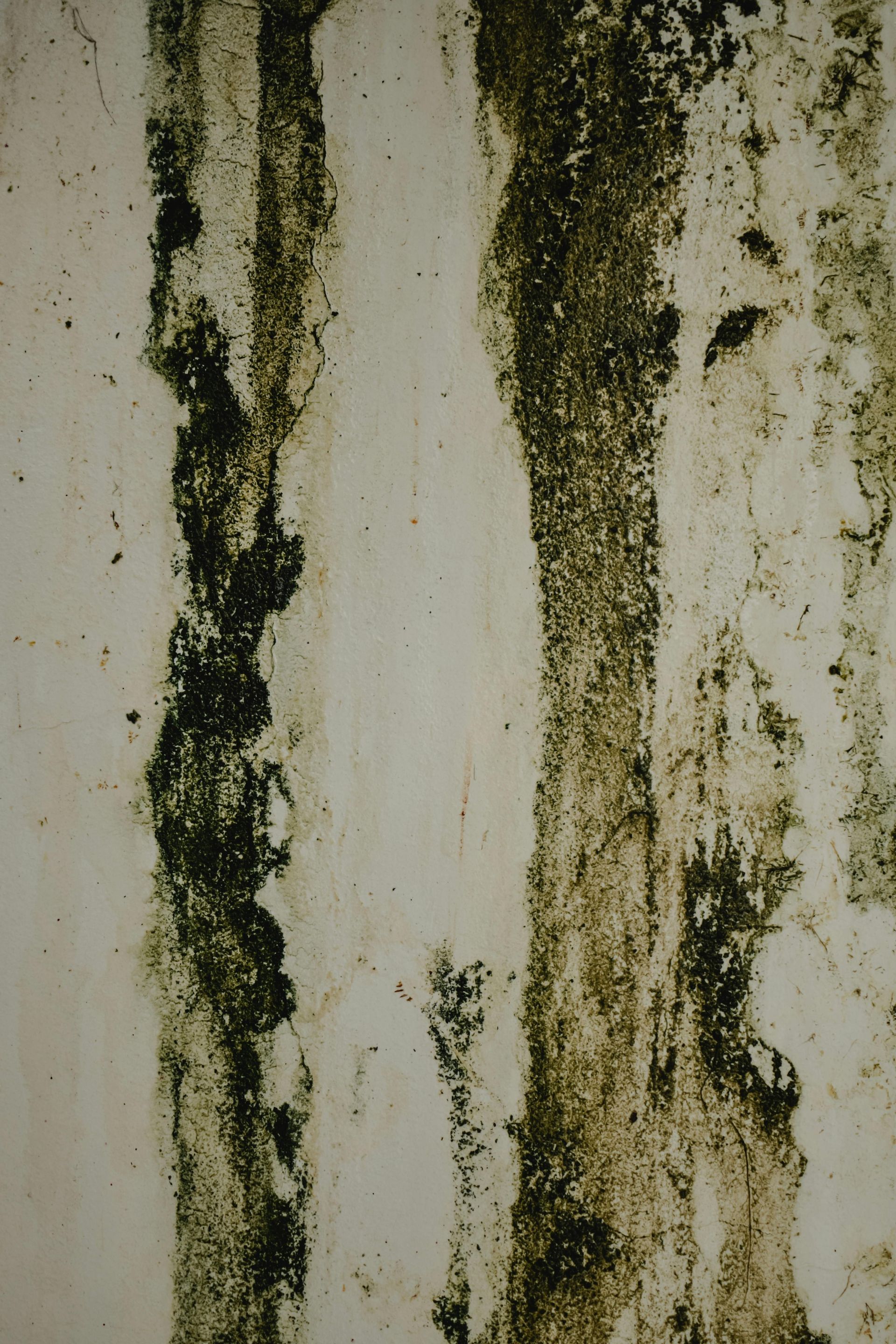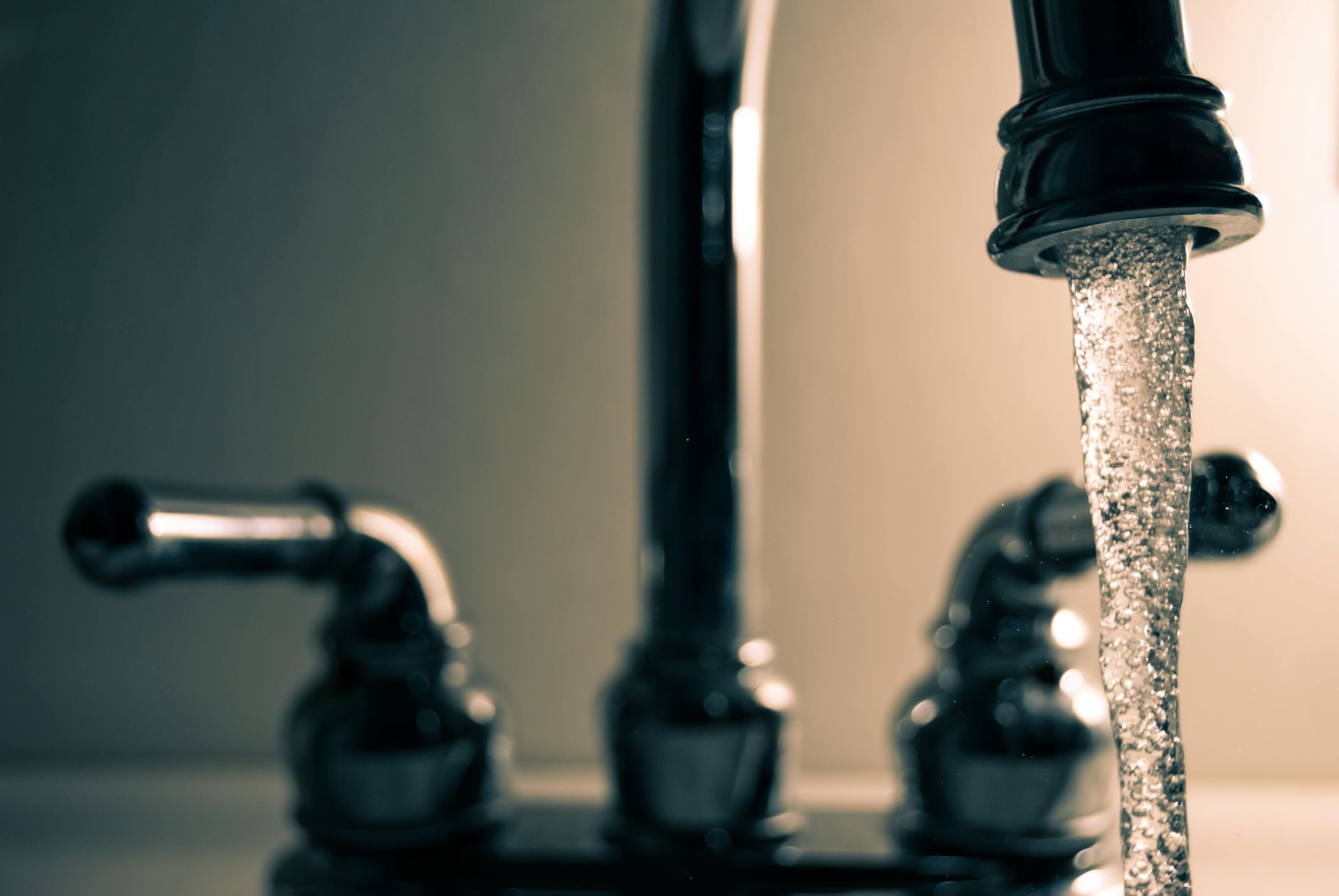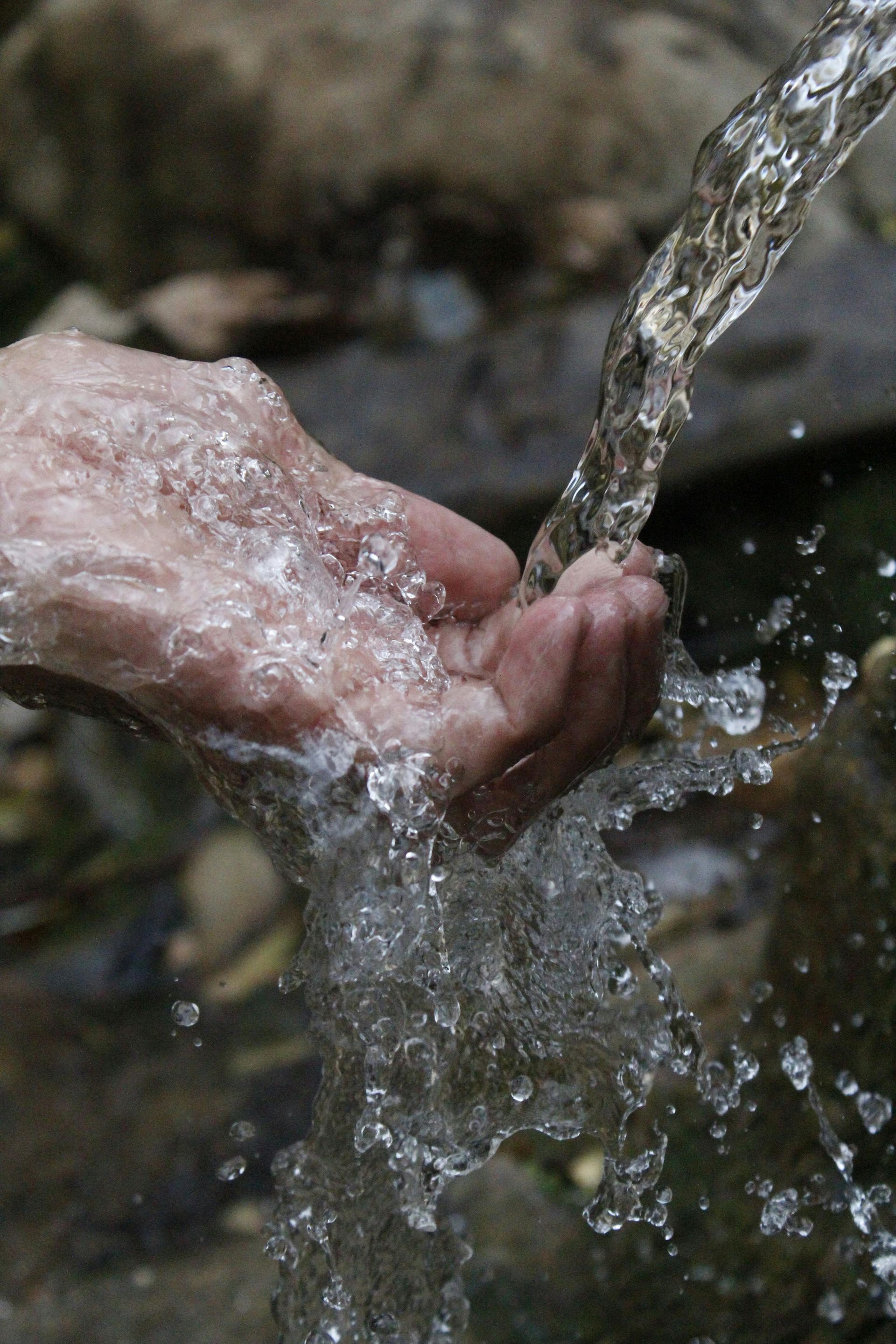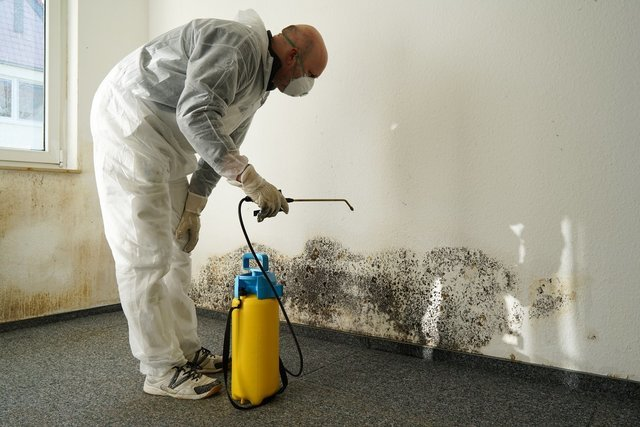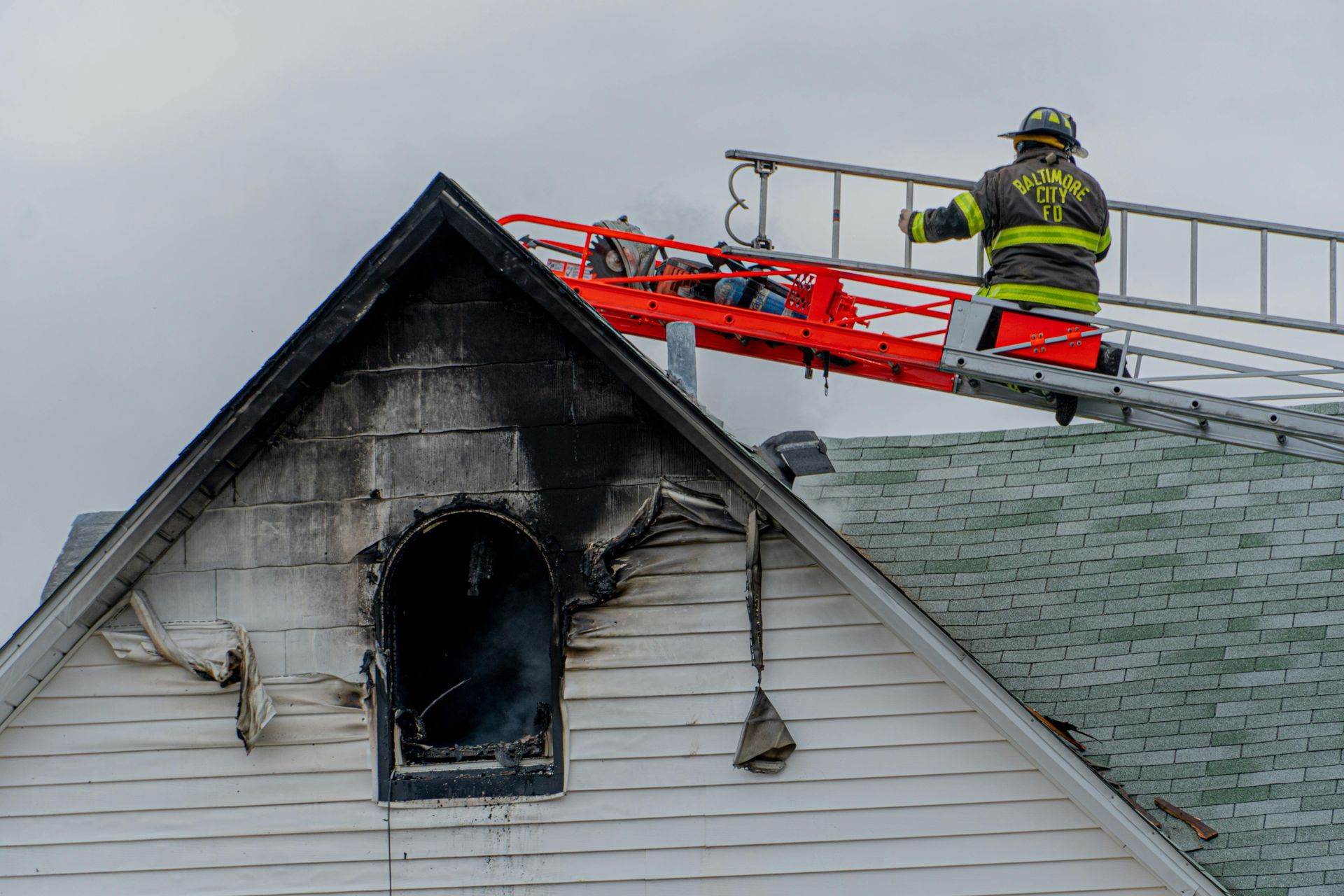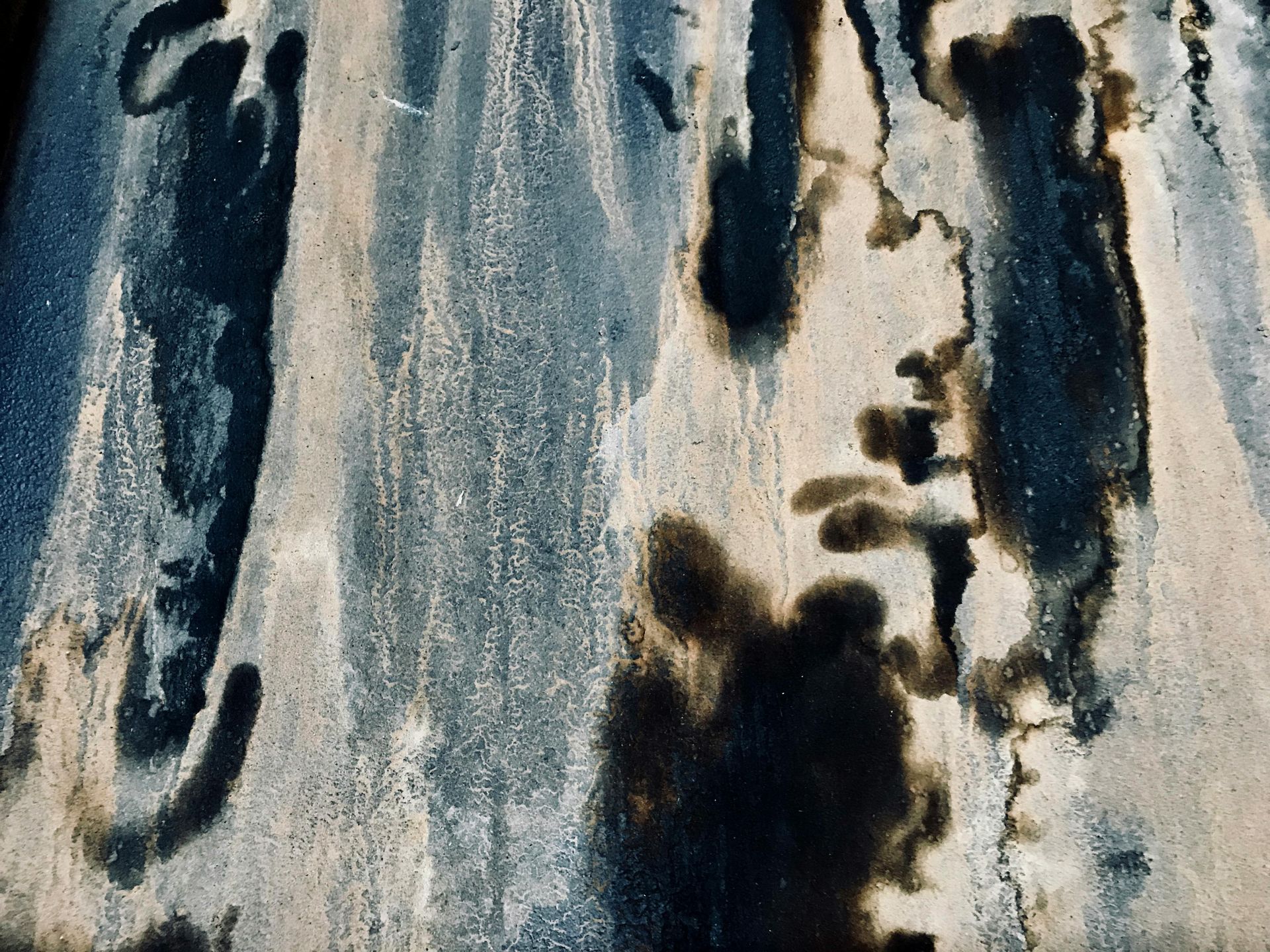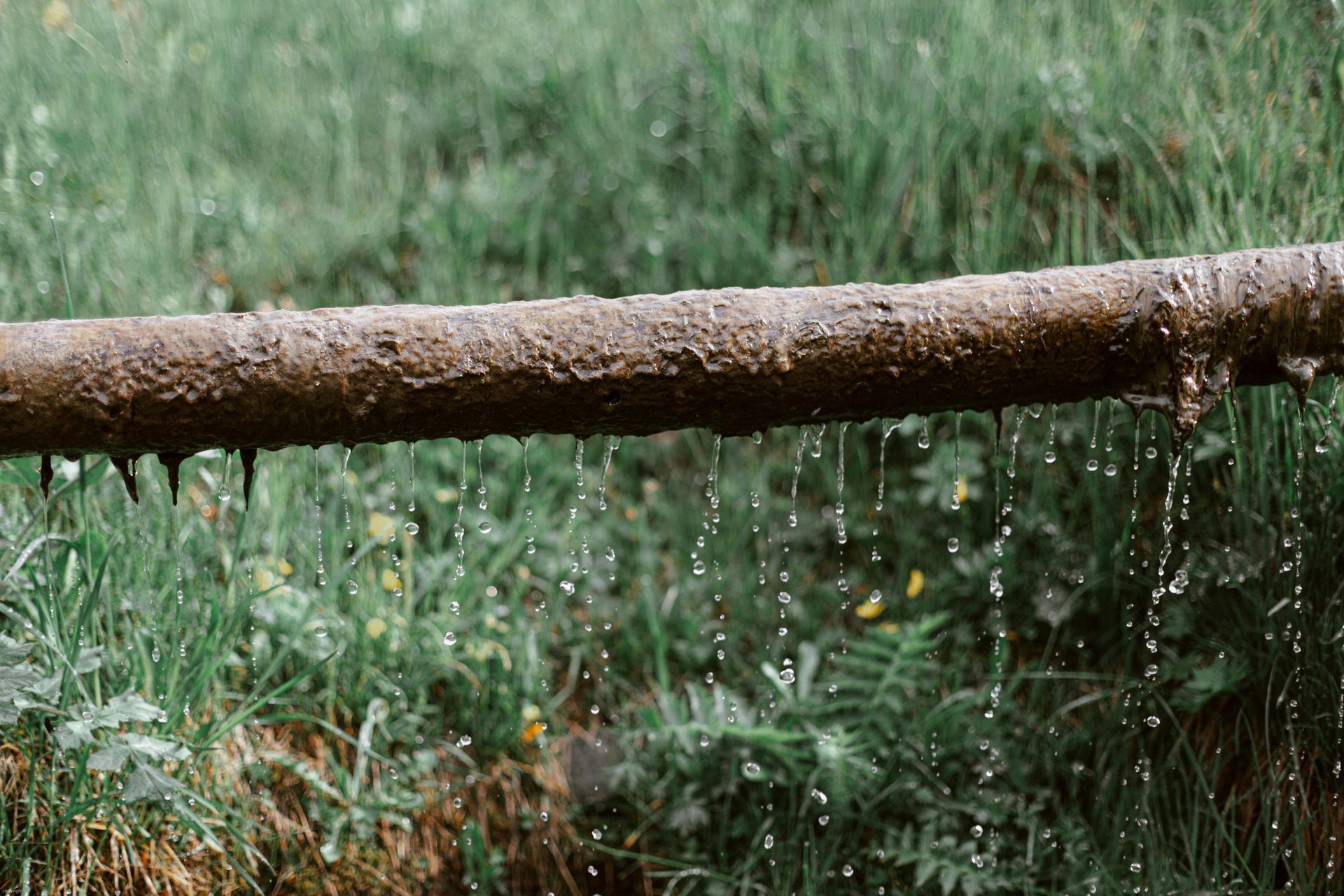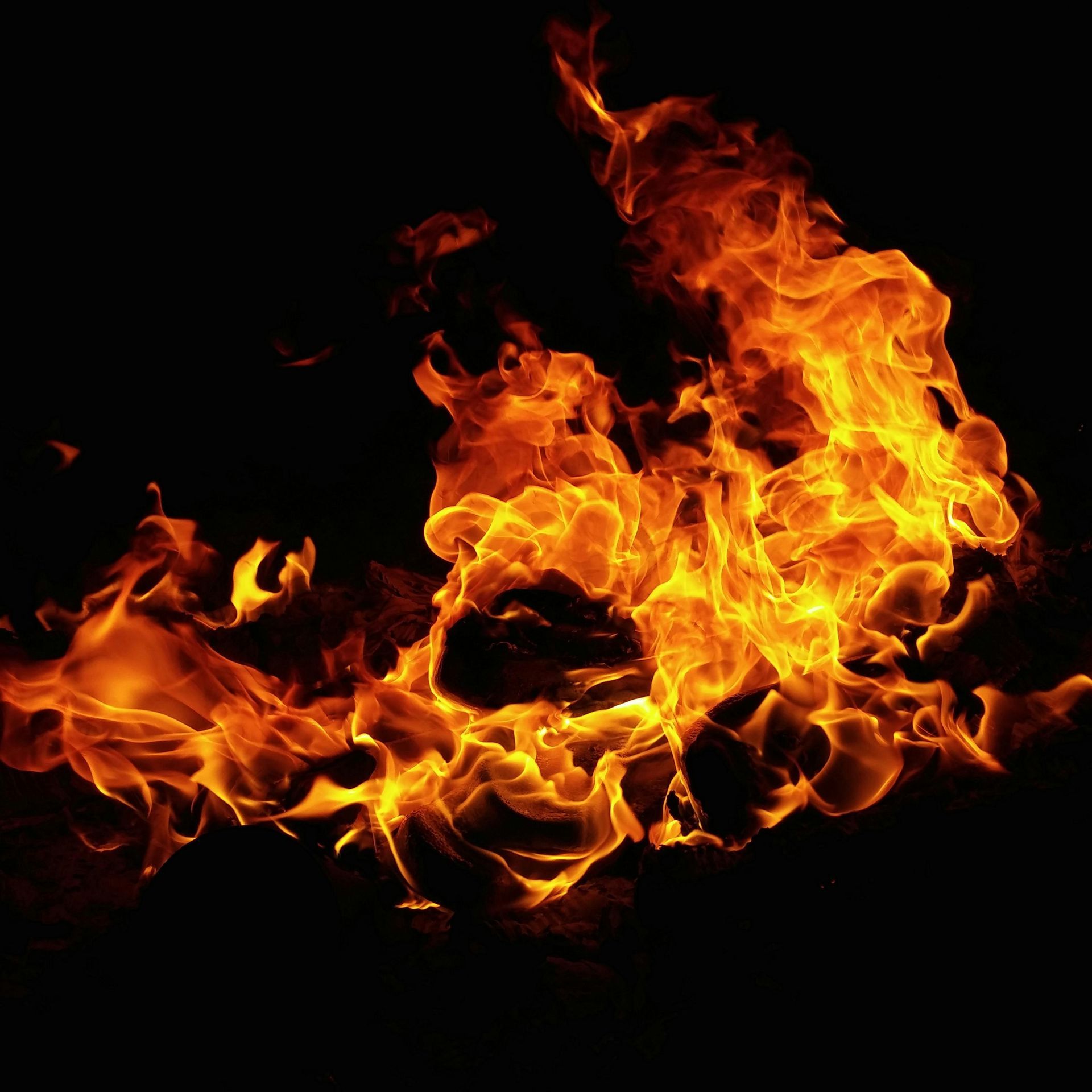The Causes and Effects of Fire Damage
Understanding the Cause and Effect of Fire Damage: A Comprehensive Guide
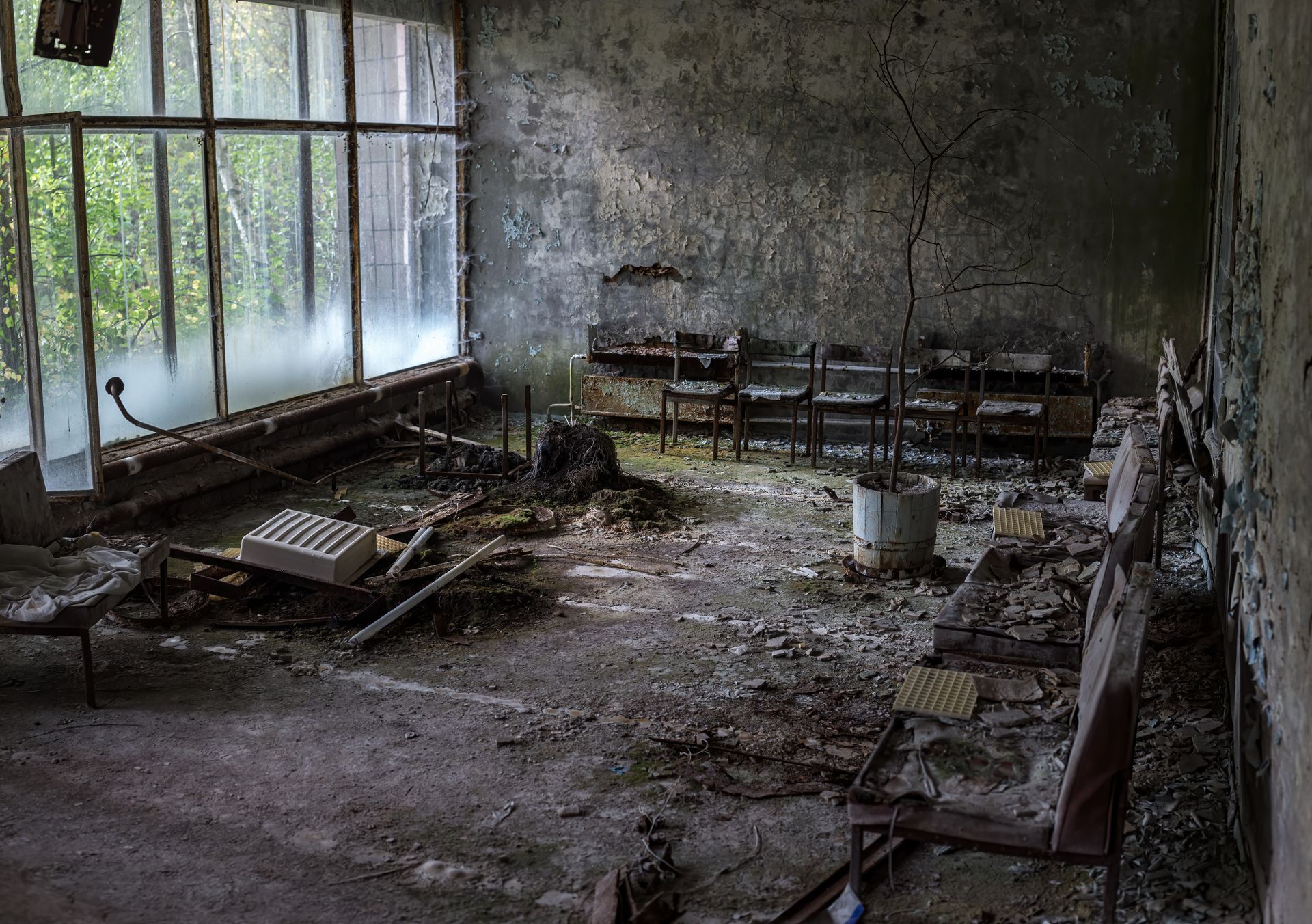
Annually, fire causes over $11.6 billion worth of property damage in the U.S. alone, highlighting the urgent need to understand the cause and effect of fire damage. It's a sobering statistic that underscores how fires can decimate homes and businesses, turning lives upside down in an instant. Understanding the causes and effects of fire is essential not only for prevention but also for effective restoration. In this comprehensive guide, we shall delve into the myriad reasons behind fires, ranging from human error to malfunctioning equipment and even natural causes. Armed with this knowledge, you will be better equipped to prevent future incidents and address fire damage should the worst occur.
Common Causes of Fires
A fire is never just a fire; each one has a unique cause and effect, often dictated by a variety of factors. Fires can start due to human error, malfunctioning equipment, or natural causes. It's crucial to understand these causes to better equip ourselves against future incidents. Here are the instances of how fire is formed.
Natural Causes
When nature conspires against us, fires can be the result. Lightning strikes, drought conditions, and spontaneous combustion are among the natural causes that can ignite a blaze. Certain environmental conditions, such as extreme heat and low humidity, significantly increase the risk of natural fires, turning even the tiniest spark into a life-altering event. Moreover, natural fires pose unique challenges for restoration, often requiring specialized techniques to address the damage caused.
Human-induced Causes
Unfortunately, not all fires are caused by nature. Some are the result of human actions, both deliberate and accidental. Deliberate fires, or arson, can cause immense damage. Accidental fires often result from electrical faults, unattended cooking or candles, and careless smoking. The key to reducing these incidents lies in fire safety education and constant vigilance.
Technological & Mechanical Failures
Machinery and technology, while integral to our daily lives, can also pose a fire risk. Electrical malfunctions, gas leaks, and machinery issues can ignite a blaze in moments. Regular maintenance checks, therefore, play a crucial role in preventing these types of fires and safeguarding your home or business from the devastating effects of fire.
Immediate Effects of Fire Damage
A fire's aftermath is immediately apparent, leaving a trail of destruction that can be both visually and emotionally devastating. The structural integrity of your home or business may be compromised, with charred walls, shattered windows, and weakened foundations standing as stark reminders of the fire's destructive power. Personal losses, such as precious family mementos or essential business equipment, can further compound the sense of despair. While these physical manifestations of fire damage are easy to identify, other effects may be less visible but equally consequential. One such less apparent negative effect of fire is the deterioration of indoor air quality. Smoke and soot particles can linger in the air long after the fire has been extinguished, posing a serious health risk. They can infiltrate your HVAC system, contaminating your indoor air and leading to respiratory issues. Moreover, the burning of synthetic materials can release hazardous chemicals into the air, escalating the risk. It is, therefore, essential to engage in professional restoration services like Ercolano Cleaning & Restoration, which can effectively handle the physical and hidden effects of fire damage, restoring your space to its pre-incident state.
Structural Damage
Fire can wreak havoc on a building's structural integrity. The high temperatures can weaken the foundation, walls, and support structures, rendering the building unsafe for habitation. The fire also leaves behind visible scars, like charred surfaces and soot-covered walls. But the damage isn't always noticeable to the untrained eye. Hidden damage, such as weakened support beams or compromised wiring, can pose a significant safety risk. A professional assessment is necessary to ensure the building's stability and safety before any restoration work can begin.
Damage to Personal Property
Beyond the visible devastation, fire can bring emotional and financial turmoil when personal belongings, sentimental items, and important documents are lost. These losses can cause significant distress, as they often represent irreplaceable memories and valuable assets. The financial implications can also be staggering—replacing belongings and restoring or recreating lost documents can be an expensive and time-consuming process.
Air Quality and Residual Smoke
The effects of fire extend into the very air we breathe. Even after the fire is extinguished, residual smoke can linger, strongly affecting the property's air quality. Smoke particles can cause respiratory issues, while the lingering odor can make a place feel uninhabitable and uncomfortable. Professional cleaning and deodorization are often required to restore the air quality within a fire-damaged property.
Long-term Effects of Fire Damage
The implications of a fire disaster extend well beyond its immediate aftermath. While the immediate effects are significant, perhaps the most substantial impact comes from the long-term effects of fire damage. These long-lasting effects can be both tangible and intangible, and they offer a stark reminder of the fire's destructive power.
Tangible long-term effects include the ongoing structural risks posed by weakened foundations and other structural elements, the potential for mold growth due to water used in extinguishing the fire, and the permanent loss of personal property and assets that cannot be restored. Additionally, the persistent smell of smoke and lingering soot particles can continue to compromise the air quality, posing potential health hazards.
The intangible long-term effects can be equally, if not more, devastating. The emotional trauma and stress resulting from the loss of a home or business, loved ones' mementos and the upheaval of one's life can continue to impact individuals long after the fire is extinguished. The financial burden of recovering, repairing, and replacing damaged property and belongings can also be significant.
Recognizing these long-term effects underscores the importance of professional and comprehensive fire damage restoration. A thorough restoration process by experts like Ercolano Cleaning & Restoration not only restores the physical property but also helps alleviate some of the ongoing emotional and financial burdens associated with fire damage.
Health Concerns
The health risks associated with fire damage are serious and long-lasting. Lingering smoke and soot can cause respiratory issues, while the potential carcinogenic effects of these particles pose a significant health risk. Symptoms may not be immediately apparent and can take time to manifest, underscoring the importance of professional cleanup and air quality restoration. Furthermore, the toxic materials used to extinguish a fire can also pose health hazards and must be thoroughly removed.
Economic Implications
The financial toll of fire damage can be substantial and enduring. Reconstruction costs can be high, and navigating insurance claims can be a challenging process. Furthermore, a fire incident can lead to a depreciation in property value, affecting the long-term financial health of the owner. On a larger scale, the economic impact of fires can be felt by local businesses and communities, causing disruptions in supply chains and financial losses. Also, the cost of firefighting efforts and emergency services can add to the economic burden.
Environmental Impact
Fires also have far-reaching effects on the environment. They can harm local ecosystems, killing vegetation and displacing wildlife. The smoke and ash from fires contribute to air pollution, affecting air quality on a broader scale and potentially influencing climate change. The process of rebuilding also consumes resources, further adding to the environmental impact. It's essential to consider the environmental consequences of fire damage and work towards mitigating them through sustainable restoration methods.
Fire Damage Assessment: Knowing the Extent
Fire damage assessment is a critical step in the recovery process, as it determines the level of damage and prepares the groundwork for restoration. It is crucial to engage a professional restoration team as they are equipped with the right skills and tools to identify not just the obvious destruction but also any hidden damage like compromised structures or lingering smoke. They evaluate the structural integrity of the building, assess the extent of soot and smoke damage, and look for any water damage caused by firefighting efforts. Even as you wait for professionals, you can conduct a preliminary assessment from a safe distance. Remember, safety is paramount. Do not enter the building until cleared by firefighters, and always wear protective clothing if you must enter.
Mitigating and Restoring Fire Damage
Post-fire, immediate actions can help mitigate further damage. Ensure the property is adequately ventilated to help clear residual smoke. Document the damage extensively for insurance purposes, and consider seeking temporary shelter if the damage is extensive. The restoration process involves professional teams conducting smoke and soot removal, deodorizing the property, and carrying out necessary structural repairs. This rigorous and meticulous work ensures your property is returned to its pre-fire condition. Furthermore, reputable restoration companies also offer services like document recovery, content cleaning, and storage, helping you salvage valuable items affected by the fire.
Preventing Future Fires
Prevention is indeed better than cure, particularly when it comes to fire. Awareness and implementation of fire safety measures can help prevent future calamities. Given the direct and indirect impact of fire, it is crucial to prioritize fire prevention at home and in the workplace, balancing both active and passive measures for maximum safety. Regular maintenance of electrical systems, installation, and regular checks on fire alarms and smoke detectors, and having a clearly defined evacuation plan are critical steps in preventing fires. Additionally, being mindful of surroundings when handling any open flames or flammable materials is crucial.
Household Fire Safety Measures
Regular checks of smoke detectors, maintaining safe cooking practices, proper storage of flammable materials, and educating all household members about fire safety are essential preventative measures. Smoke detectors should be checked monthly, batteries replaced annually, and the entire unit replaced every 10 years. Household members should have an evacuation plan in place, and everyone should know how to operate fire extinguishers. It is also essential to keep all exits clear of obstruction. Also, if you have pets, ensure their safety by keeping them away from any potential fire hazards, such as open flames or electrical outlets.
Industrial and Commercial Fire Prevention
For businesses, fire prevention involves regular equipment checks, employee fire safety training, and strict adherence to fire safety codes and regulations. Prioritize regular inspections of equipment and facilities, establish clear fire safety protocols, and ensure all staff are trained in emergency procedures. Furthermore, ensure the business facility has adequate fire extinguishers, fire doors, and clear evacuation routes. Proper fire prevention measures can save lives, protect your business assets, and maintain business continuity.
Don't Face Fire Damage Alone: We're Here to Assist
The devastating effects of fire damage extend far beyond the visible destruction, impacting personal property, air quality, health, finances, and even the environment. The long-term implications of fire damage are severe and enduring, making professional restoration services crucial in mitigating these risks. A comprehensive fire damage assessment is the first step in the recovery process, identifying visible and hidden damages and paving the way for effective restoration. Restoration professionals like Ercolano Cleaning & Restoration, equipped with industry-specific expertise and meticulous attention to detail, play an integral role in restoring your property to its pre-fire condition. Contact us today for a consultation, and let us help you restore your property to its former glory.
